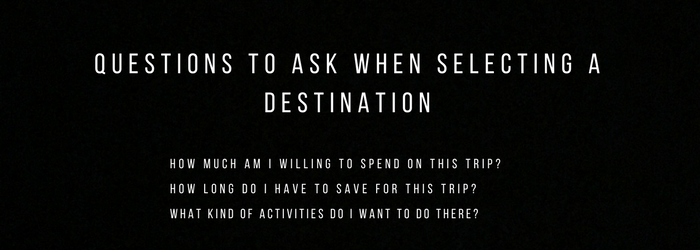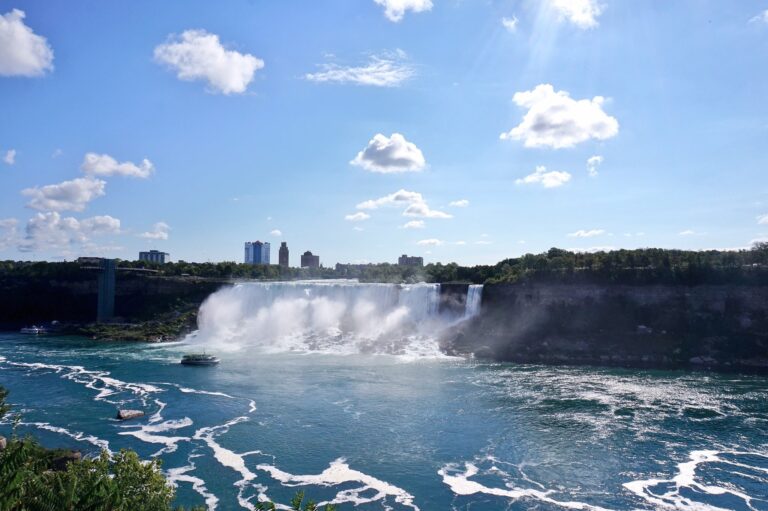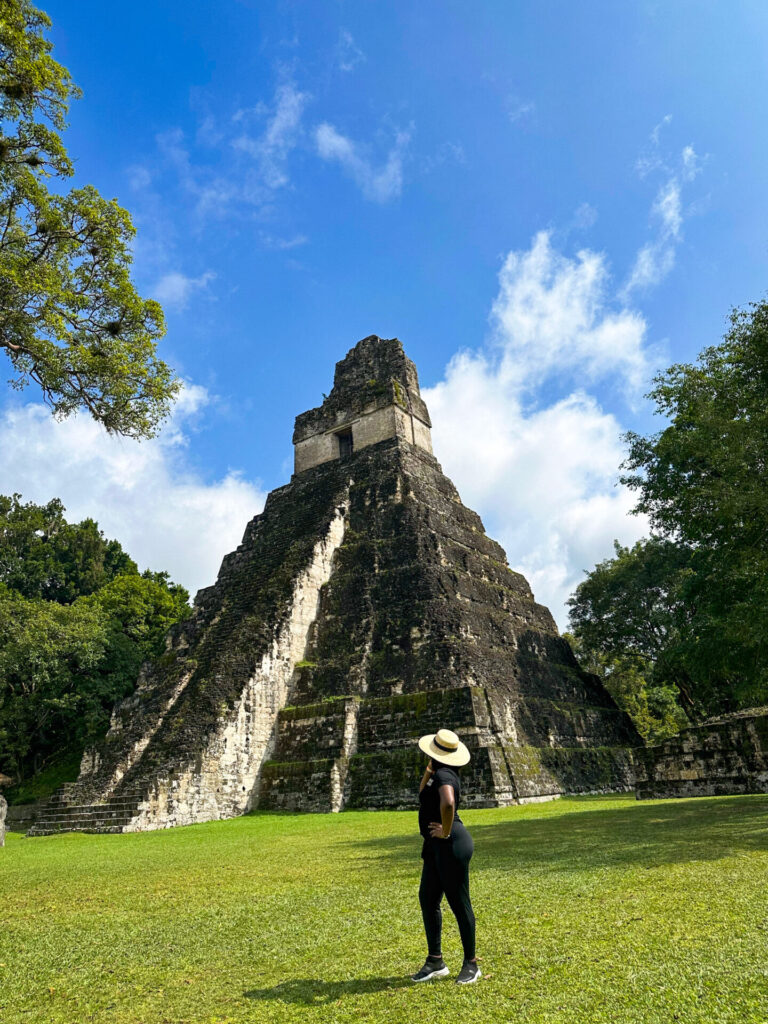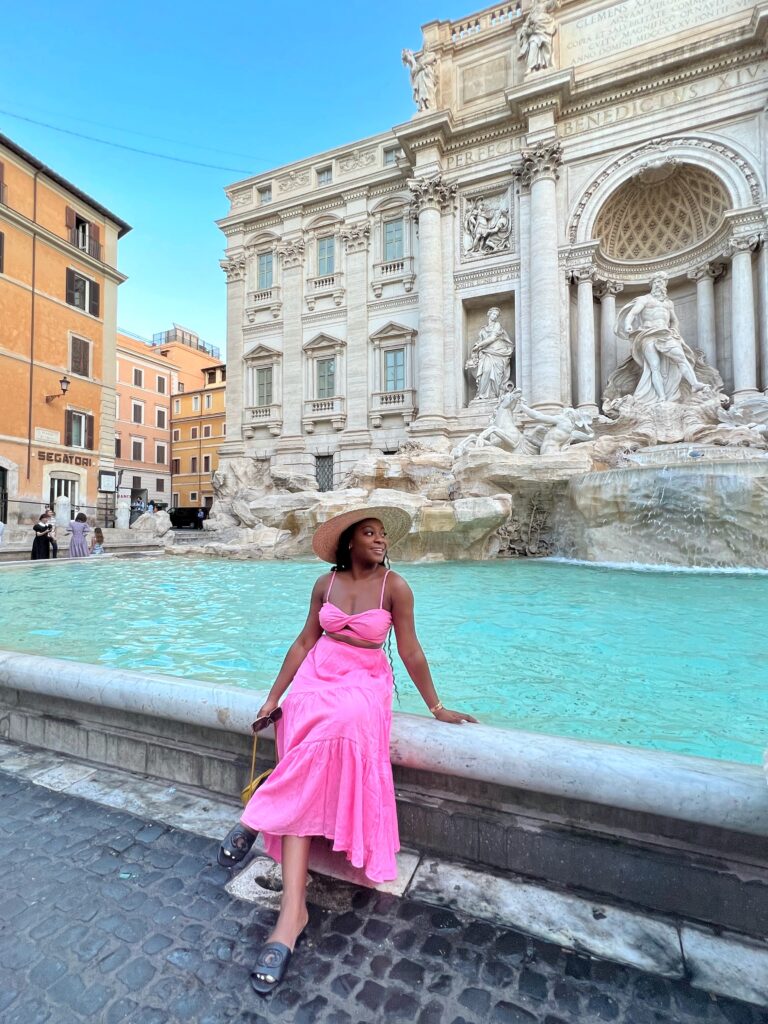Travel Finance Series: Stretching Your Money
Getting money is one thing, making that money work for you, is another. In part two of the travel finance series, I will be sharing simple, yet effective ways to manage your money so that your finances align with your travel plans. If you did not read the first part of the series, head over to this page to catch up, and then come back here! 🙂
In the first part of the travel finance series, I shared how to fund your travels with your income, having an alternative source of income or even traveling for free. In this one, I’ll share three steps on how you can stretch your money and make the most of it when planning a trip. I may, or may not add a bonus in the end but you’ll have to find that out yourself.

It’s important to be wise when selecting a destination. Pick one, just ONE. Before you do that though, you need to first find out what you are WILLING to spend on a trip and what type of trip you want and then select your destination based on that. Most people do it the other way round but that can be ineffective.
 After establishing how much you are willing to spend and what kind of activities you want to do there, you can then select a destination. If you are seeking adventure, you can expect to spend more money on adventurous gigs like zip lining, kayaking, etc. All these need to be factored into your budget. I love to use Google Destinations when searching for new places to go.
After establishing how much you are willing to spend and what kind of activities you want to do there, you can then select a destination. If you are seeking adventure, you can expect to spend more money on adventurous gigs like zip lining, kayaking, etc. All these need to be factored into your budget. I love to use Google Destinations when searching for new places to go.
Total cost of a trip= Transportation + Accommodation + Visa (if applicable) + Food + Activities. Remember, all of these things can be done in a manner that does not hurt your budget. There is always a cheaper option. You can get a general idea of what it will cost you to go to your destination using sites like http://www.budgetyourtrip.com/

Breakdown what it will cost you to visit that ONE destination into reasonable chunks. For those who work a 9-5 job, this reasonable chunk can be per income cycle. If you are an entrepreneur, you can select a time frame that makes sense to you and one you can hold yourself accountable to. For example, if it will cost you $1500 to visit Ethiopia in June 2018, how much do you have to put away periodically to make that happen? We are in June 2017, so we have 10 months to prepare. (I say 10 months because you want to give a minimum two-month period for the purchase of your flight tickets and booking of accommodation.)
This means you have to save $150 per month to meet your target. Now, doesn’t that seem a lot more manageable? If you are paid on a bi-weekly basis, that is $75 per paycheck. Do not be discouraged by how far away it may seem before it is time to head over to your destination. Instead, get excited at the possibilities of it happening. Also, time flies by fast. Weren’t we just celebrating New Years?

Put money away, and keep it out of reach if you can. Practice the habit of saving the exact amount that you need (as determined by step two) and sending it straight to that account. If you do not trust your remembering skills, set up a direct debit or a simple phone reminder. Don’t forget to stay committed to your travel finance goal. Baby steps and you’ll get there.
When selecting a bank account for your travels, you should choose wisely. Ask for one:
- With minimal or no monthly fees (you wouldn’t be withdrawing from it anyway.)
- With high-yield interest rates (might be little cents here and there but they do add up over a period of time.)
Note: You can choose to add any additional income that you get during your travel finance savings period. This will help you reach your savings goal quicker.
So that’s it. Easy yet effective. There’s no magic trick to it or superfluous financial permutations. It works, for anything, including travel. I hope this motivates you to get started on your travel finance savings.
Looking forward to the next series. If this was helpful, subscribe to the blog to stay in touch. For more travel tips, visit this page.
Until next time,








Wow … Really this is insightful … I’m seeing myself applying all of this already I had to jot them down too … thank you so much ufuoma. When I eventually go on my first vacation I would let you know. I love you
Thanks for sharing, Ufuoma. I like the part about budget-friendly destinations. I already have bank accounts I put aside for various projects and I regularly send money to those. I don’t think I’d like to open a separate one for travel because I’m not much of a frivolous spender anyway.
Deciding to travel based on my budget would help with keeping/ pulling the money aside all at once.
I’d also add that if you have someone that likes to do most of the planning and you’d be travelling with this person (or people), then you can share the tasks. One person does the planning, the other person handles the fiances and so on.
Lovely post and really helpful too! Thanks for sharing so much info, it’s really valuable.
http://www.zinnyfactor.com
I really like how you’re writing these. They’re super practical. I think if there’s one thing people shy away from/ are overwhelmed with, its planning for travel; especially the part about funds. Breaking it down like this is incredibly helpful and makes travel planning seem a little less daunting. + I’m a huge plan-in-advance person myself, and I can attest to its benefits. Put that money away and watch your dreams come trueee. Haha.